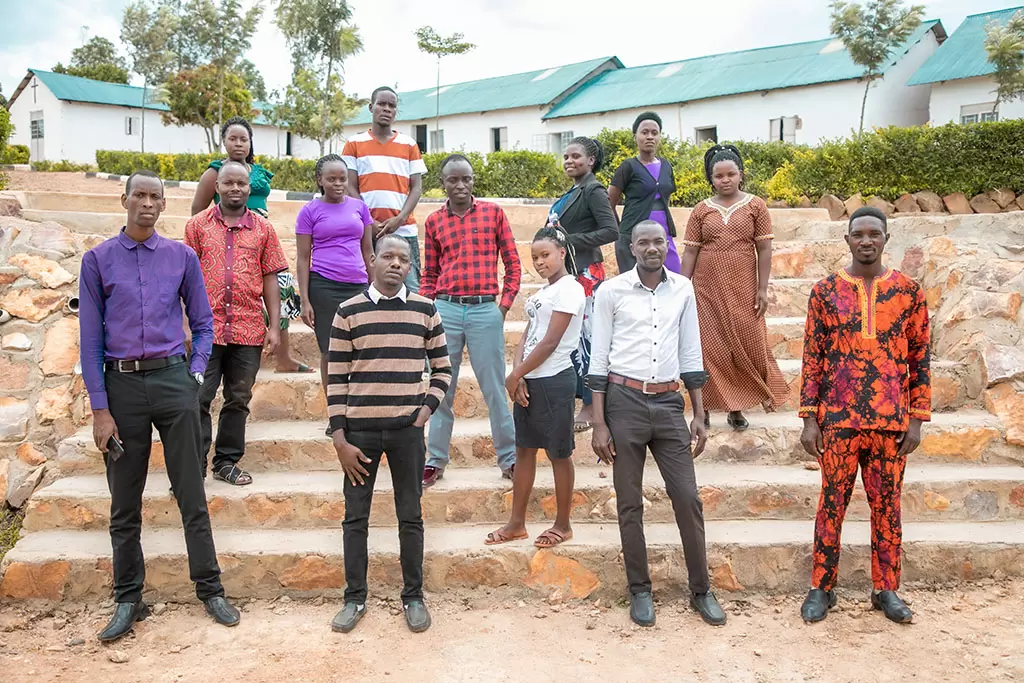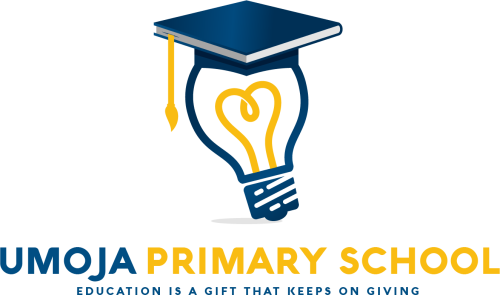
Greetings,
I’m Isaac Kashaka, the director of Umoja Primary School in Uganda, East Africa. Additionally, i am the director of “Bridge The Digital Divide” a tech support resource center located in South Los Angeles.
Originally, my aim was to address the digital gap by collecting old, used computers through e-waste recycling, repurposing them, and sending them to the small school I own and operate in Uganda. However, along the way, I realized that my new adopted home and community here in the United States faces similar challenges stemming from the digital divide and a lack of access to computers and technology skills. Consequently, what started as one project evolved into two: the establishment of the Tech Resource Center in South Los Angeles and the ongoing support for Umoja Primary School in Uganda.
The Beggining
10 years years ago, I made the decision to purchase a small church school that had been closed in a rural village in Uganda. I was motivated to take this step after a family member informed me that hundreds of children in our village were spending their days with little to occupy them, as the only school within a 50-mile radius had shut down. This situation meant that many young girls were at risk of early pregnancy or forced into marriage, while boys were prone to becoming a nuisance to the community.
Recognizing the incredible opportunities my adopted country, the United States, had given me, I felt compelled to give back to the community I had left behind—a community that included thousands of family members, friends, relatives, and neighbors. Establishing a school seemed like the perfect way to make a positive impact. I believed that providing education could be a wonderful gift, as among just ten educated individuals, one might find a future doctor, teacher, lawyer, nurse, pilot, and many other skilled professionals who could transform a community and bring about immense benefits.
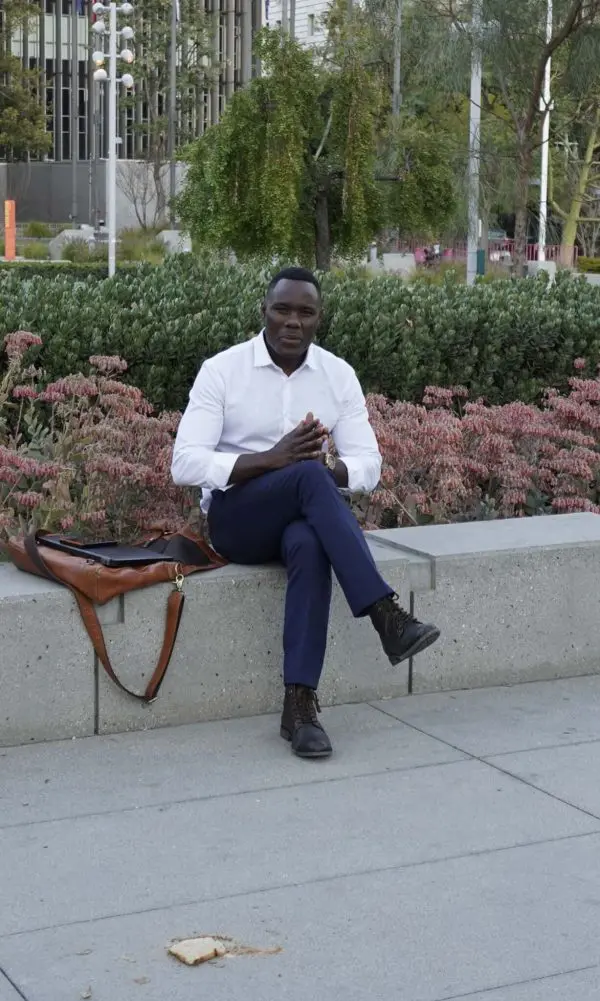
Below is the Church and 3 other small structures that were the original school when I bought it. They all stood on about 1 acre of land that the church owned. There wasn’t enough room for classes so some students faced in front and others faced the opposite side to share one room for 2 classes at the same time. Then other classes were held outside in open space.




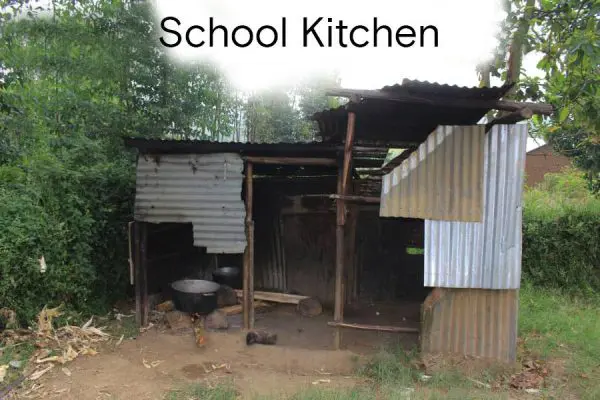
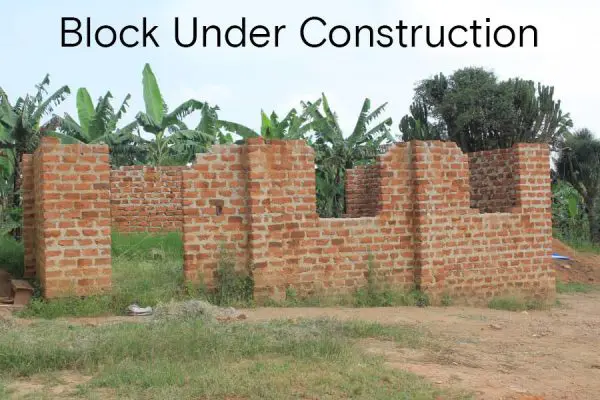
The Journey
It had been about 2 years since the school closed so the students had already gotten used to staying home. We embarked on building quickly so that we can have students come back and get an education.
Below are some pictures of the process and the excitement the first day when kids learned that the school was re-opening, they all came by to see and others on how they can help. See below
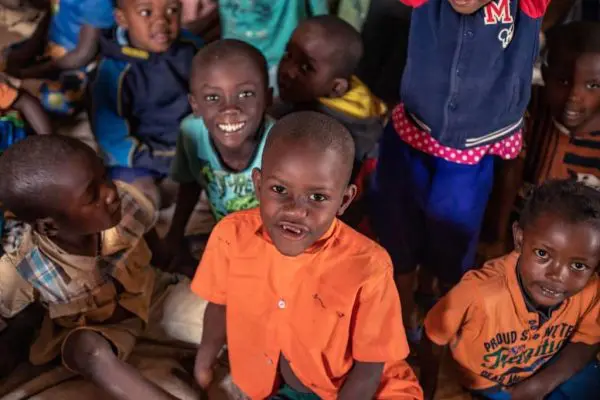
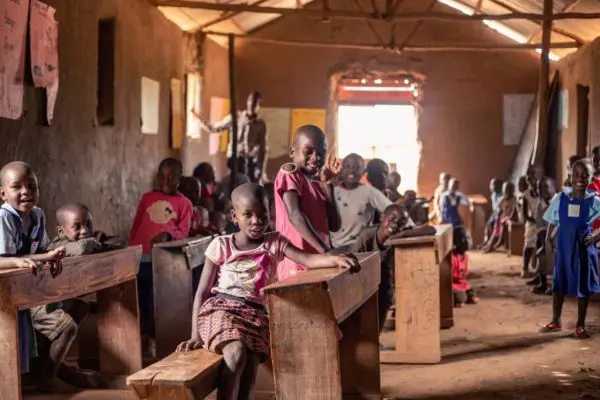
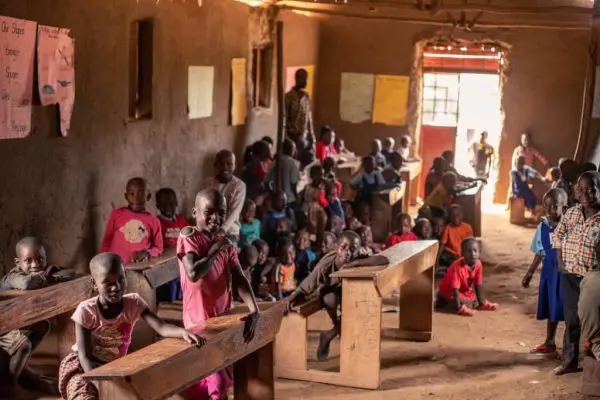
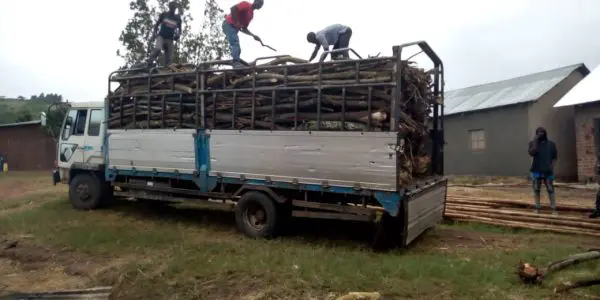
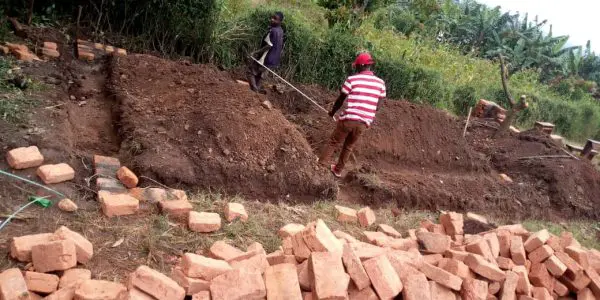
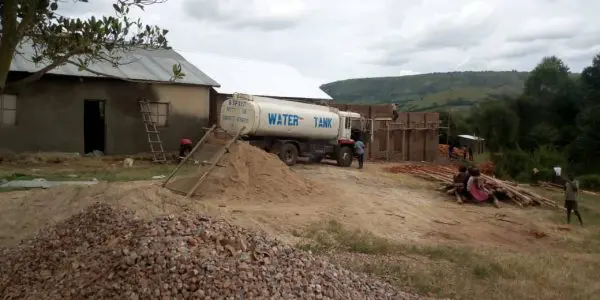
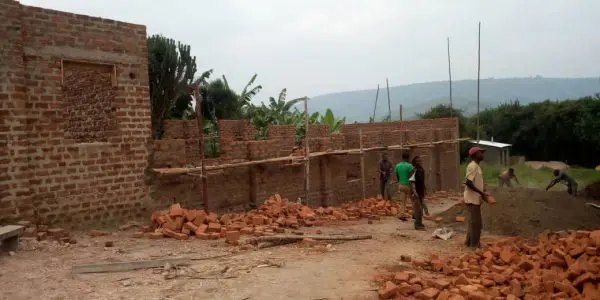
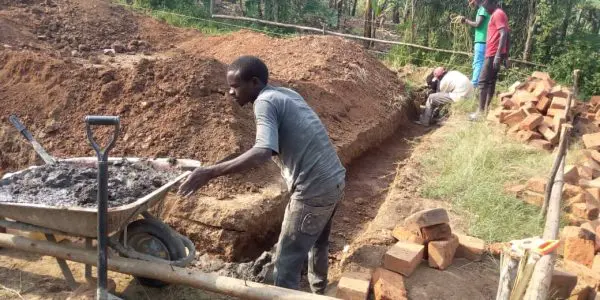
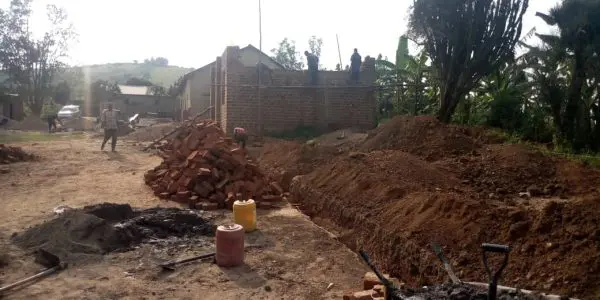
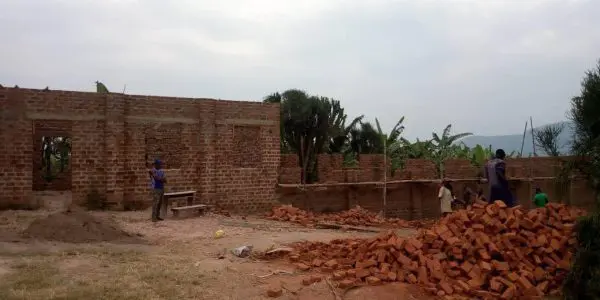
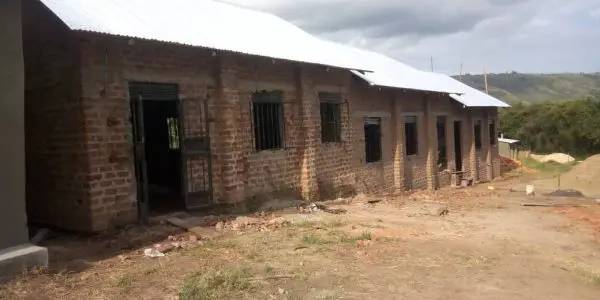
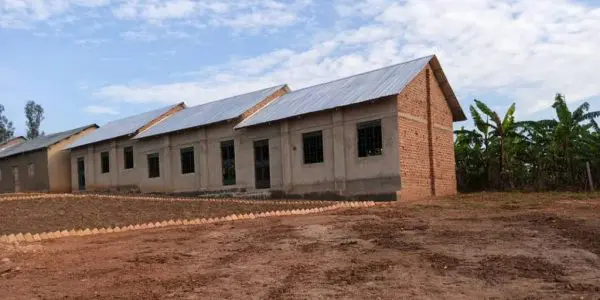
The Progress
Due to the limited space available, the school initially faced challenges in terms of expansion. To address this issue, I purchased an additional acre of land from a neighbor. Within just one month, we were able to construct several classroom blocks, and the school commenced operations immediately.
Over the years, I continued to acquire small plots of land from neighboring property owners. I am proud to announce that as of today, we now have a total of 8 acres of land. My hope is that one day, we will be able to utilize this land to build dormitories and transform the school into a boarding school. This would enable students to dedicate more time to their academic pursuits rather than spending time commuting to and from home each day. Additionally, we plan to develop sports grounds, teachers’ quarters, and various other academic facilities that are essential for our students.
Eight years later, I am pleased to share with you the latest pictures of the school’s current appearance. From just a handful of students when we first started, we now have a total of 345 students enrolled.
In addition to education, we provide our students with essential support, including free breakfast and lunch, as well as access to first aid kits, books, and pens. It’s worth noting that 95% of our students come from households living below the poverty line. For many of these families, allowing their children to attend school is a privilege, as they often rely on their children’s help with household chores and farming. In many cases, attending school is seen as a means to ensure that their children receive regular meals, as they cannot afford to provide them at home on a daily basis.
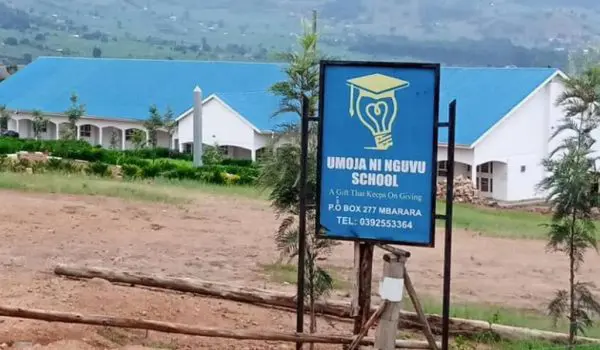
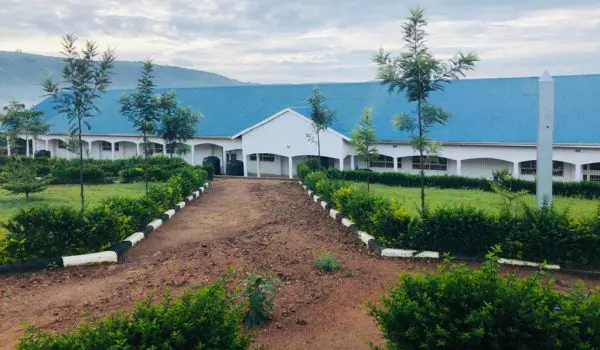
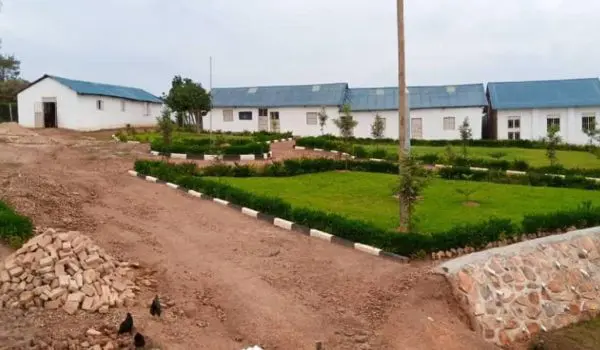
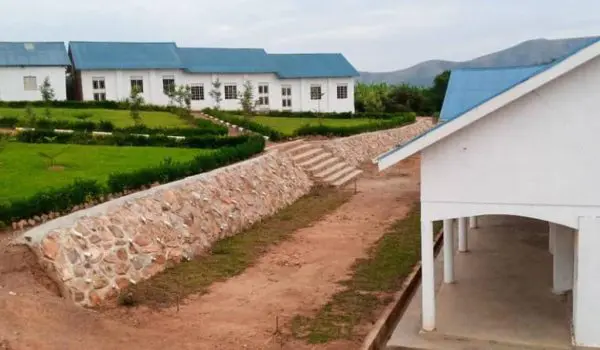
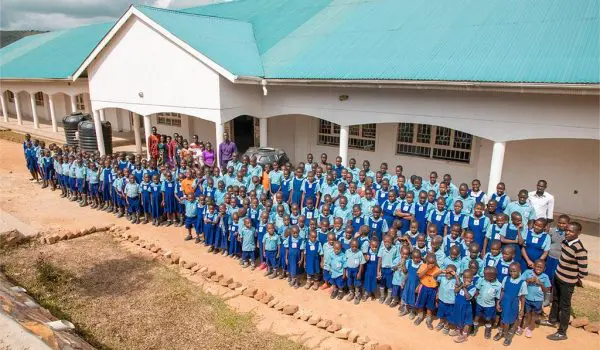
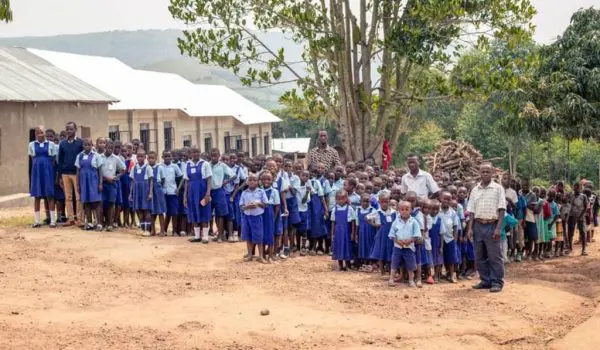
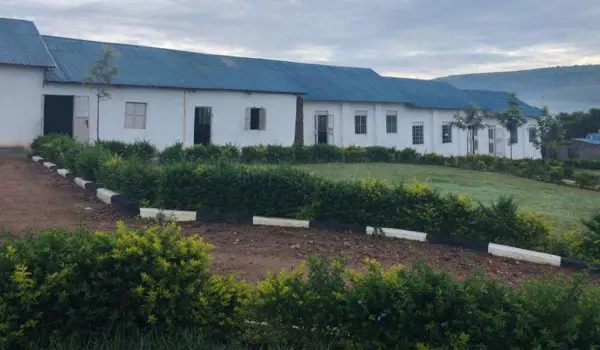

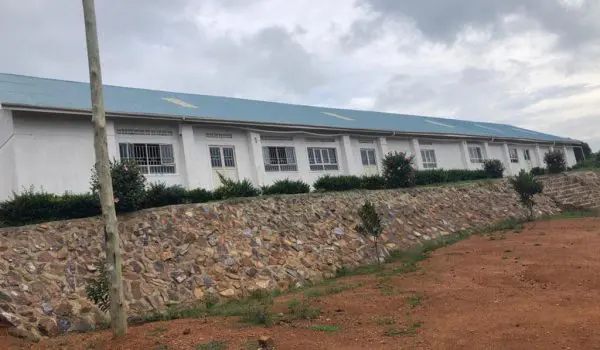
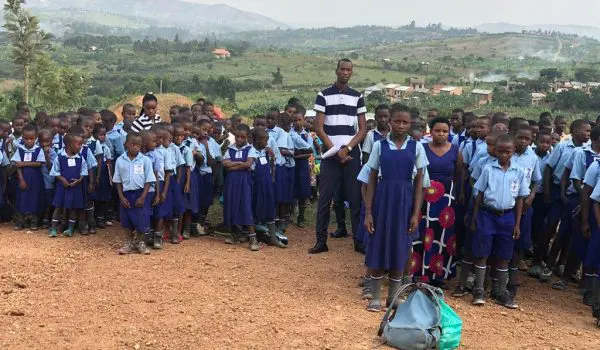
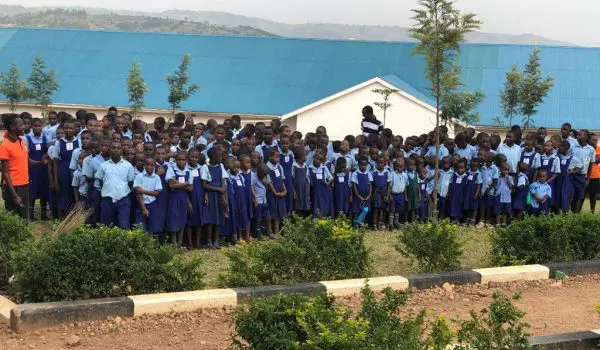
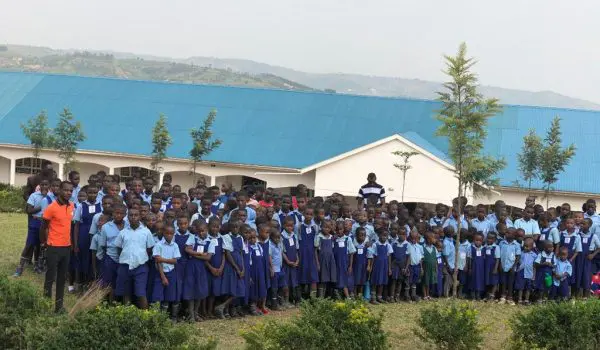
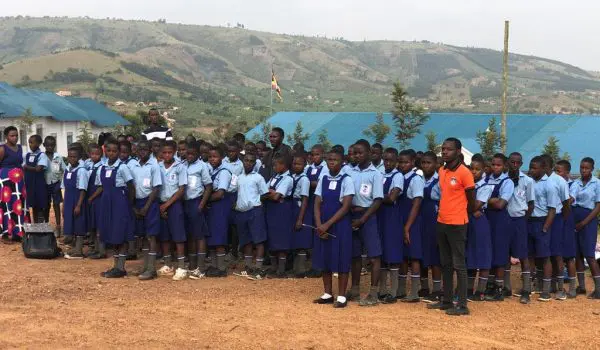
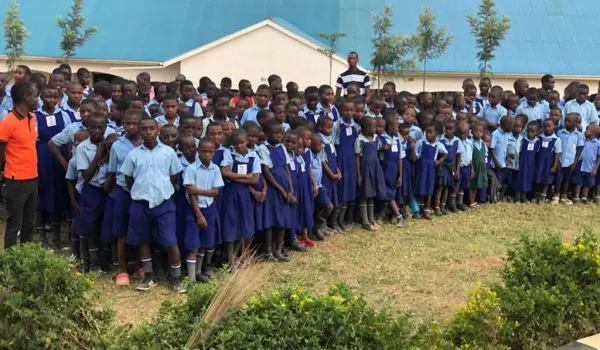
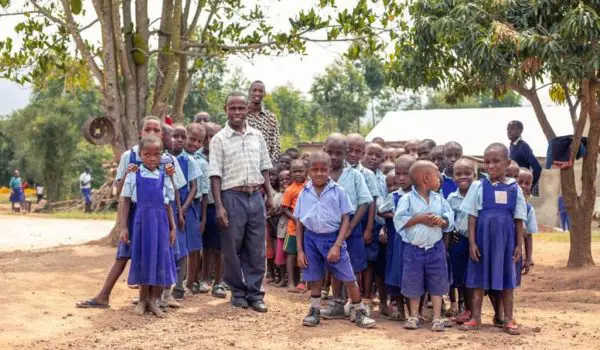
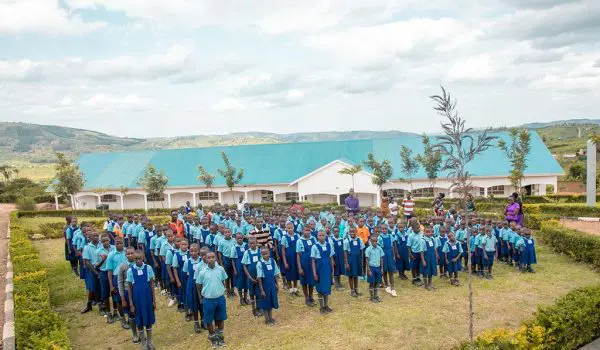
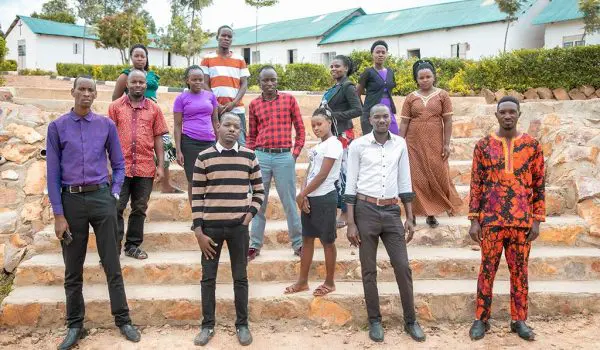
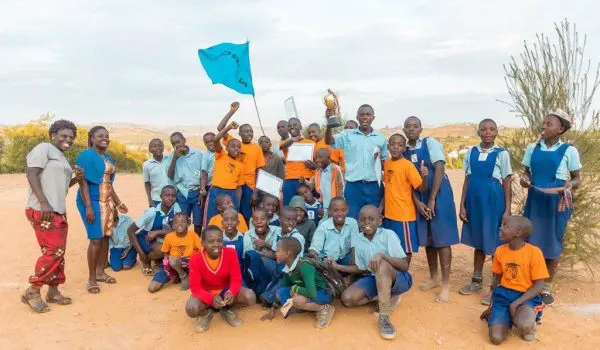
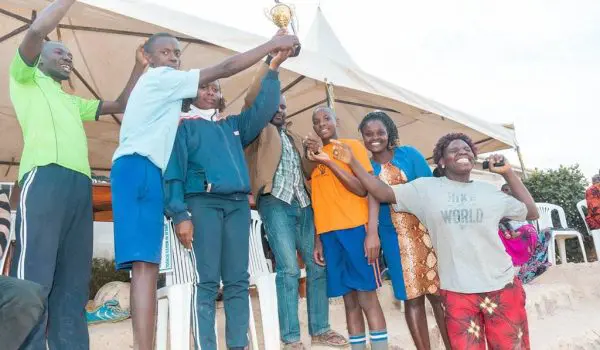
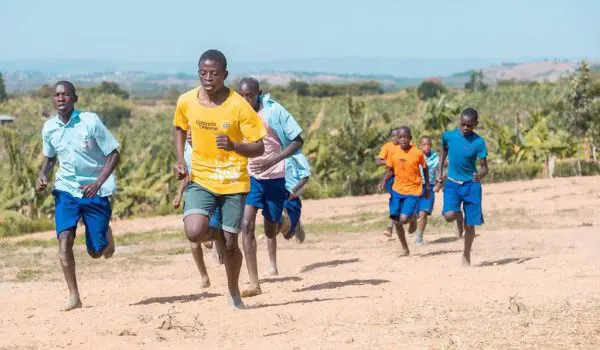
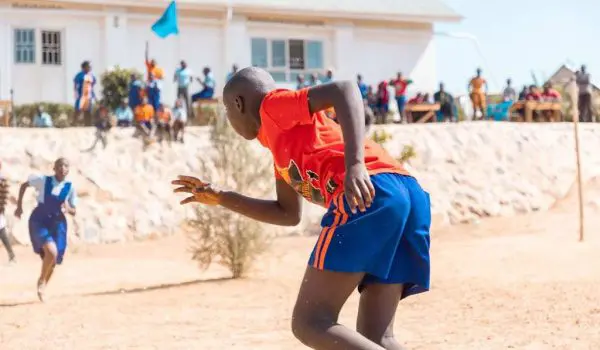
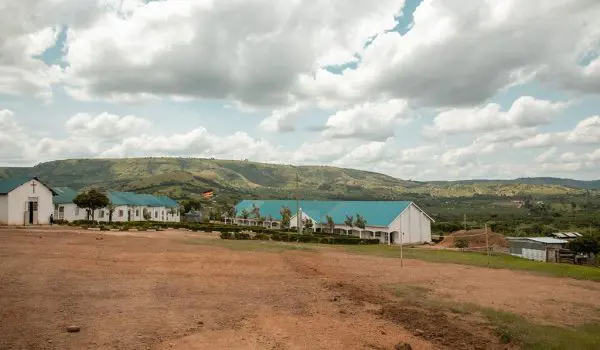
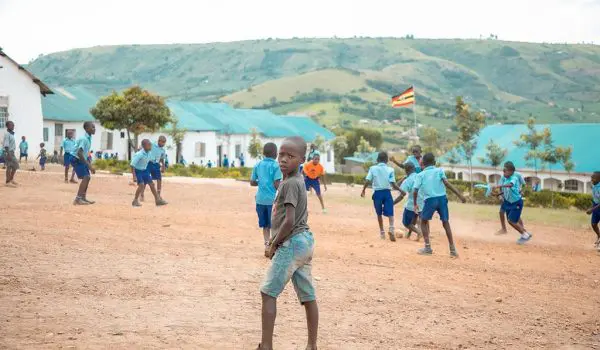
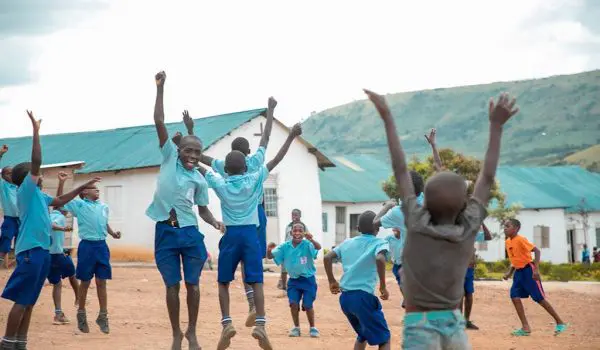
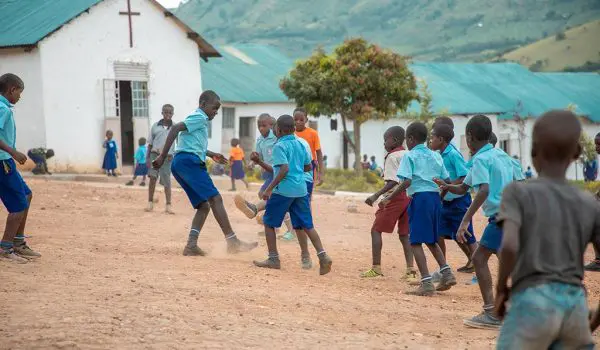
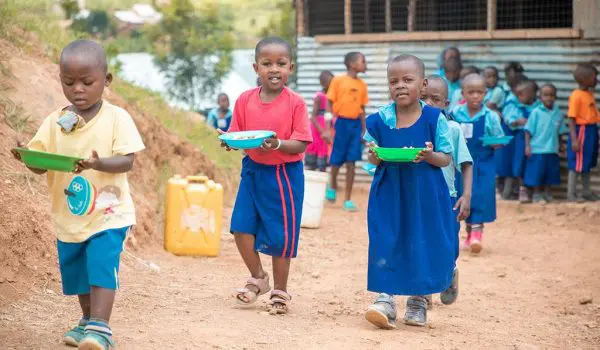
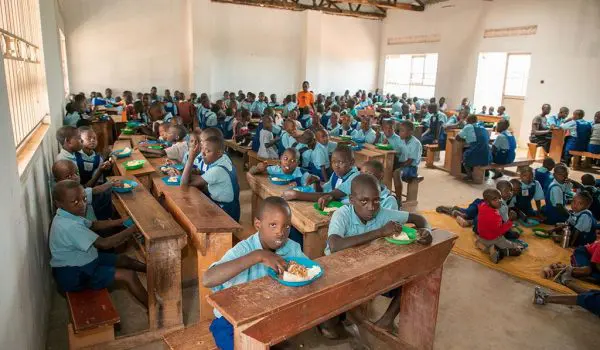
Where we are ……
The school is making progress, though there’s still a considerable distance to cover. I firmly believe that with some assistance, turning this into a collective effort, we can achieve far more. This collaborative approach could extend its benefits beyond our immediate community, offering support to developed nations struggling with immigration issues.
Attached below are images from last week, December 4th, 2022, the final day of school for the year. It was a momentous occasion as some children graduated from nursery school to the primary level. My overarching objective is to instill hope and dignity by empowering communities not only to survive but to flourish through education.
This journey has often been solitary and occasionally overwhelming. Now that we’re connected to the internet, I’m optimistic about connecting with genuine individuals with generous hearts who are willing to join forces. Together, we can leave a positive mark on the world, making it a slightly better place than we found it.
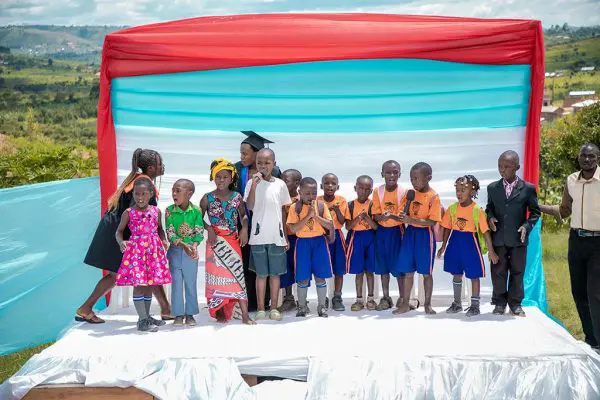
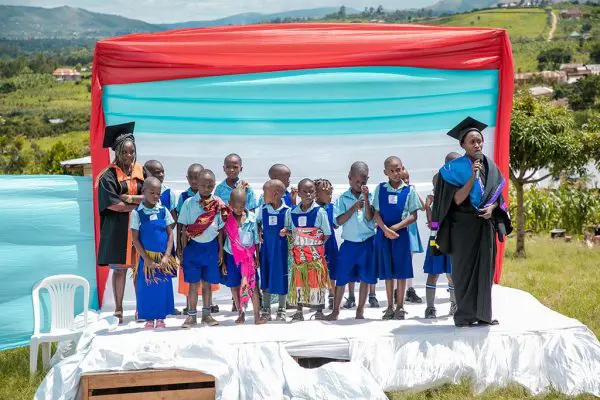
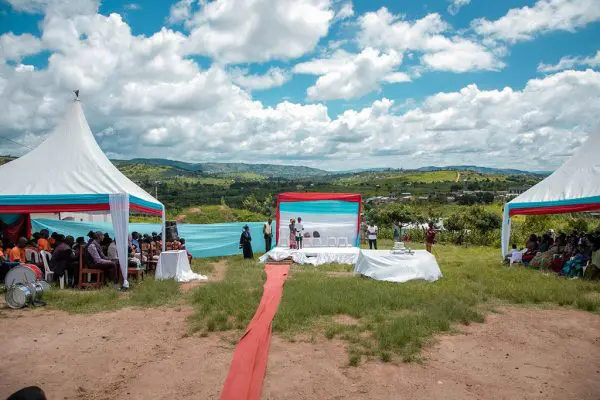
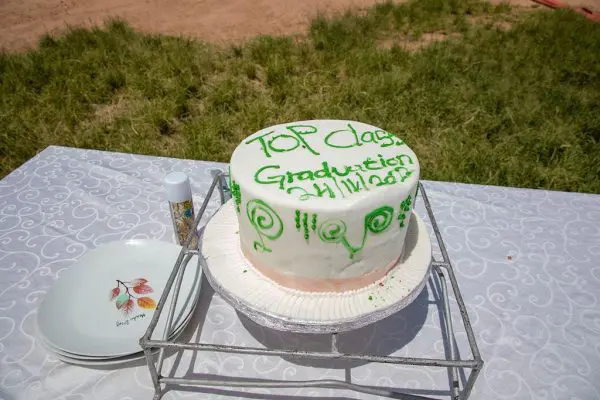
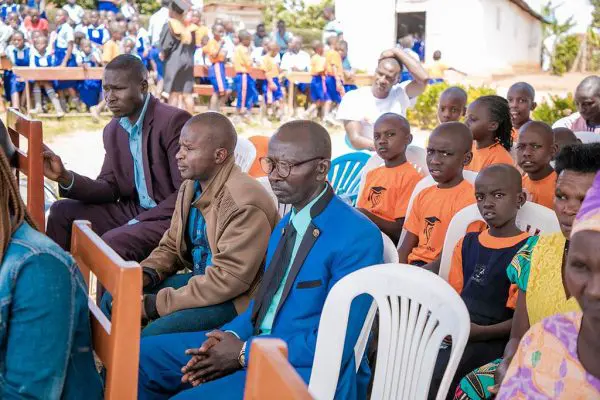
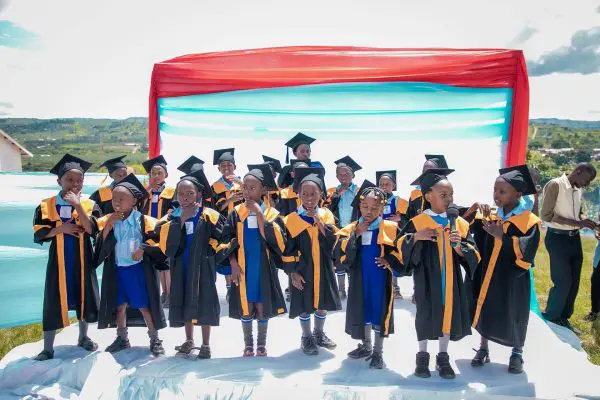

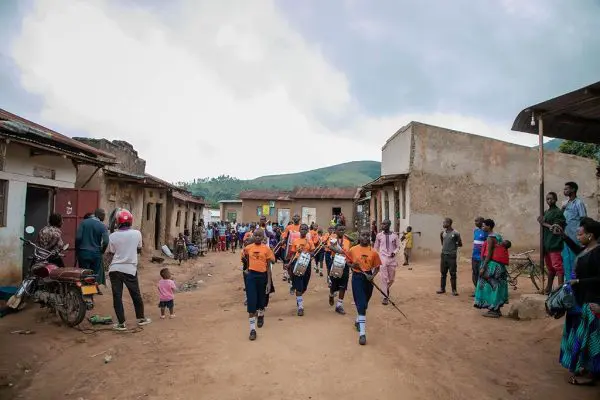
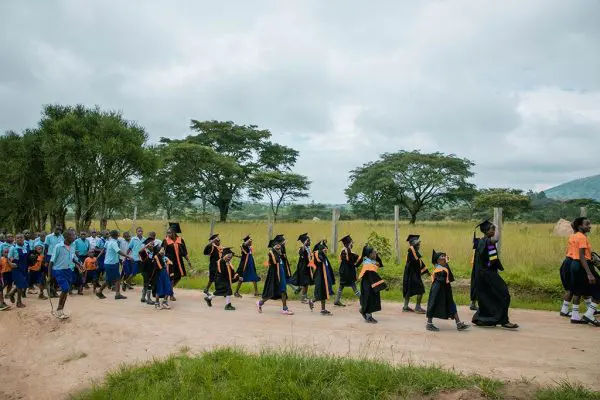
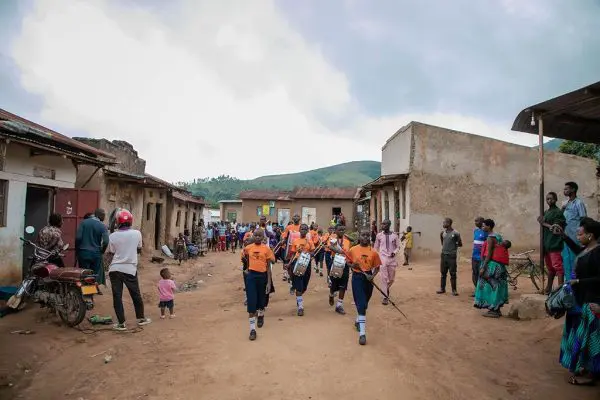
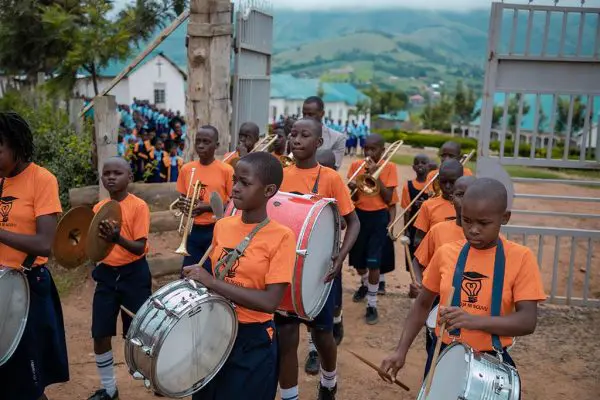
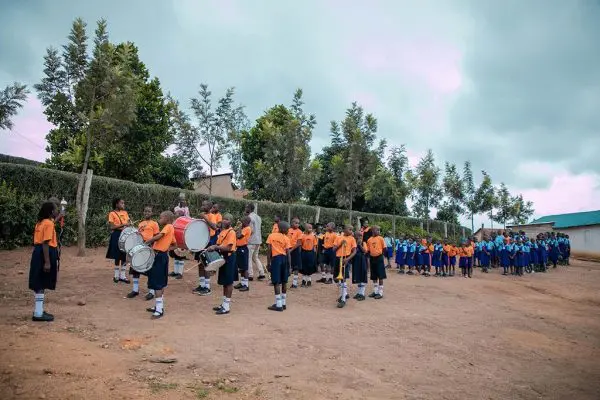
Our Staff
Our staff is not solely a group of people working to empower the just a certain group of people. Its an entire community that is igniting economic and social transformation through fostering local ownership, sustainability, social entrepreneurship, and accountability. Our staff, local leadership and support team, is made up of 20 employees, its comprised of the visionaries, initiators, organizers, doers, and advocates for Umoja’s sustainable model.
